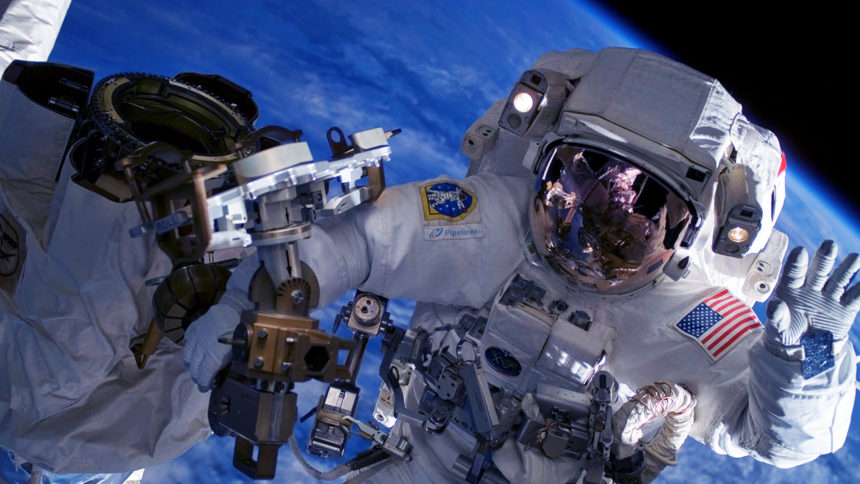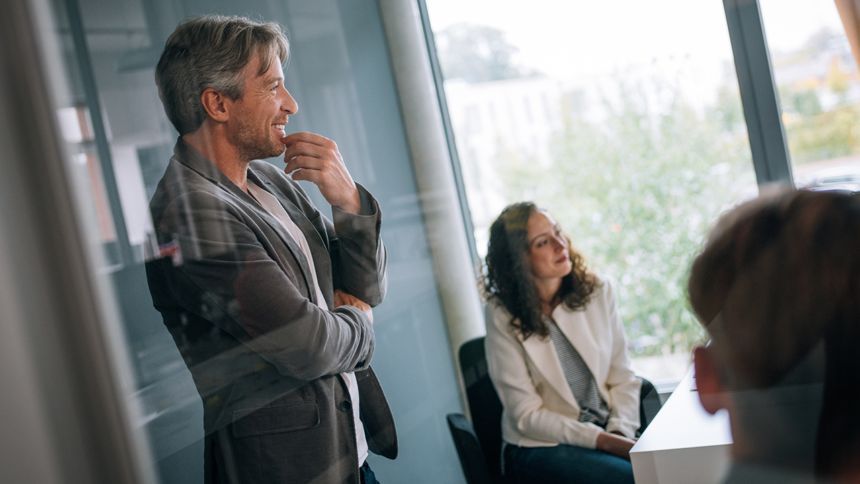Management is about human beings. Its task is to make people capable of joint performance, to make their strengths effective and their weaknesses irrelevant.
― Peter F. Drucker, The Essential Drucker
While researching my new ebook Accomplishing the Impossible: Lessons from the Apollo Space Program, I made some fascinating discoveries. For example, did you know that at its height the Apollo program employed some 400,000 people?
Think for a moment what it must have taken to manage a project that size. Aside from that sheer number, these people weren’t all located in the same room. Or even the same building. Or even the same city. Or even the same state.
Today, if we were to once again take on a project of this scope, we’d at least have modern communication tools. But during the time of Apollo, we had no internet. We had no cell phones. There was no way all the different individuals and groups could instantly communicate.
Complexity
How complex was this undertaking? Let’s examine just it’s main moving parts. First, there was the rocket: the Saturn V SA-506, the biggest rocket ever built. There was the Lunar Module, the Eagle, which had to be precisely landed on the moon. Then there was the Command Module, the Columbia, which had to be maneuvered so exactly it could meet up with the Eagle when it returned from landing on the moon, so everyone could come home once again.
The Mission Control Center in Houston, Texas, housed all the primary ground teams needed for the mission. Every detail was monitored. Just the creation of this center was amazing—look at pictures of it sometime, or visit it in person, and witness the amazing complexity of the dozens of panels and monitoring devices.
Prior to anyone leaving Earth, the Apollo program was the first program to utilize an entire series of prototypes—through which the astronauts learned to pilot and fly the craft.
Of course all the media attention, from all over the world, went on the astronauts. But they were but a small piece of the puzzle, even if a final and very important piece. And the astronauts knew it: When Neil Armstrong was recalling how he came up with his now-famous line, “That’s one small step for man, one giant leap for mankind,” he said, “I thought, well, when I step off it’s just going to be a little step—a step from there down to there—but then I thought about all those 400,000 people who had given me the opportunity to make that step and thought it’s going to be a big something for all those folks and, indeed for a lot of others that weren’t even involved in the project, so it was kind of a simple correlation.”
Great Management for a Great Undertaking
So how does good management come about? Stated simply, good management is based on sound, proven principles. In my opinion, management principles should be taught from the first day of school—with so many people in the world, we certainly need great management from every quarter possible. Fortunately management is a craft, not an art, and can be taught and learned.
Interestingly, when we look at a project the size of Apollo, we look for the extraordinary people. But in truth, when you’re looking to successfully manage 400,000 people, you’re looking to ordinary people to do extraordinary things. That is done with management principles.
These principles, from the beginning, have been woven in as part of Pipeliner CRM. So used, they assist users to focus on the real priorities. These management principles, themselves, comprise business. What is business all about? It’s about reducing risk and leveraging opportunities.
And that is what the future is all about: reducing risk and leveraging opportunities to make a healthy business. When a businesses are healthy and thriving, it makes for a stable living environment for the whole culture.
That’s what we’re shooting for.








